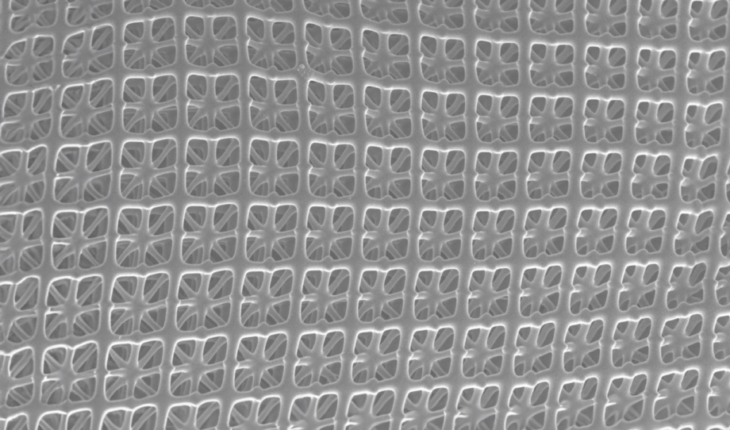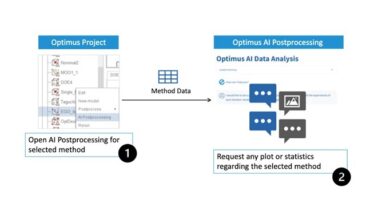
Nanolattices created with two-photon polymerization exhibit exceptional strength-to-weight ratio.
Materials research is essential for advancements in aerospace, not only in terms of technology but for the sake of sustainability as well. Reducing aircraft weight cuts carbon emissions as well as cutting costs, so engineers and materials scientists are doubly incentivised to develop lighter materials for aerospace applications.
The cutting edge of this research is nanomaterials, which exploit the fact that metallic structures are stronger at smaller scales. Engineers at the University of Toronto and the Korea Advanced Institute of Science and Technology (KAIST) have taken advantage of this effect, using machine learning to design nano-architected materials that are as strong as steel and as light as Styrofoam.
“[T]he standard lattice shapes and geometries used tend to have sharp intersections and corners, which leads to the problem of stress concentrations,” explained Peter Serles, first author of the published research, in a press release. “This results in early local failure and breakage of the materials, limiting their overall potential. As I thought about this challenge, I realized that it is a perfect problem for machine learning to tackle.”
To that end, the KAIST team employed a multi-objective Bayesian optimization machine learning algorithm, which learned from simulated geometries to predict the best possible geometries for enhancing stress distribution and improving the strength-to-weight ratio of nano-architected designs.
Based on the algorithm’s predictions, Serles used a two-photon polymerization (2PP) 3D printer to create prototypes for experimental validation. The optimized nanolattice structure more than doubled the strength of existing designs, withstanding a stress of 2.03 megapascals for every cubic metre per kilogram of its density – roughly five times higher than titanium.
Those familiar with 2PP know that its applications tend toward the extremely small, particularly microneedles, microfluidics and microoptics. Given that, one might wonder about the viability of 2PP for relatively larger aerospace applications. However, Serles is confident we can expect this technology to scale rapidly in the near future.
“With the nanometer-scale laser precision that is needed to produce these high performance nanolattices, it’s common for print times to be hours just to produce a few hundred micrometers of these materials,” he told engineering.com. “But, commercial 2PP nano-3D printing is a brand new technology, only about 15 years old, and printing rates have increased approximately 100-1000x every three years in that time.”
“With this new work, we used one of these new ultra-highspeed versions of 2PP which prints about 1000x faster than normal and were excited to make the 18.75 million lattices with millimetre geometries, as it represents a huge step towards commercial feasibility. Following the 100-1000x scaling laws, it’s likely that we’ll see the first functional parts like ultralight bolts and nuts well before 2030.”
The research is published in Advanced Materials.





